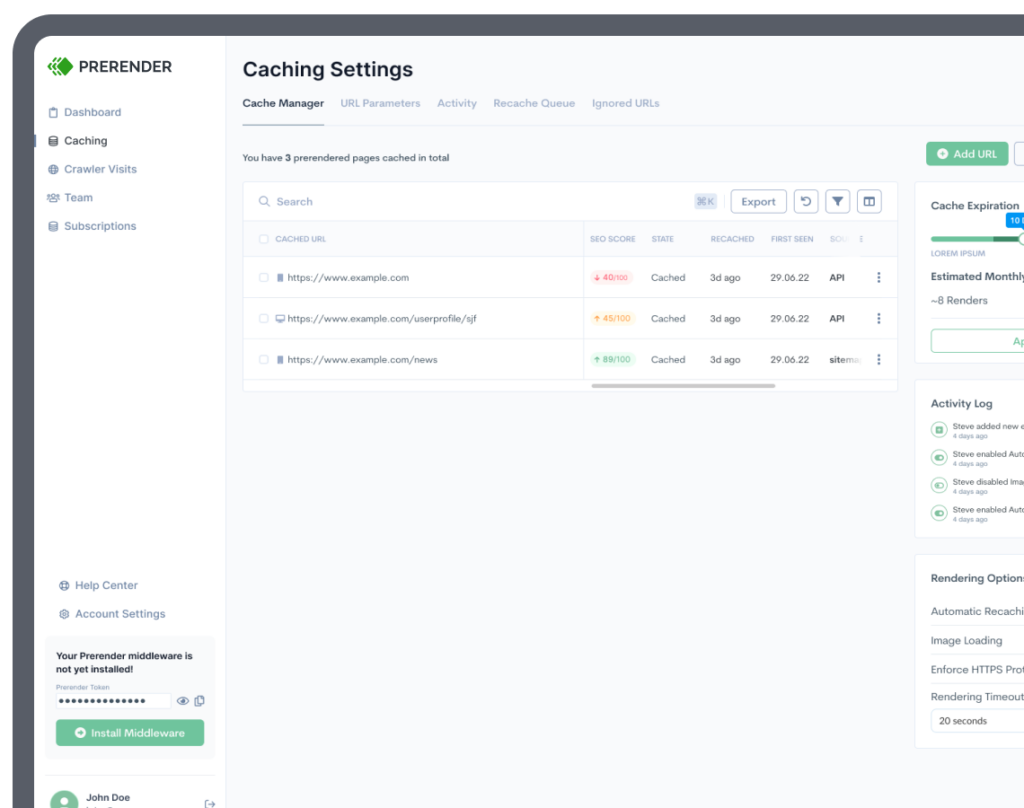Resources
Enterprise-level SEO is complex. Stakes are high, visibility is crucial, and challenges are unique with large-scale websites, numerous stakeholders, and expansive product lines.
This category is tailored to these challenges. Read on for enterprise SEO tactics, case studies, and strategic best practices to help you secure and maintain market dominance.
Start showing up with other static HTML pages. Our servers are built for rendering JavaScript 9X faster than Google—and at scale.
